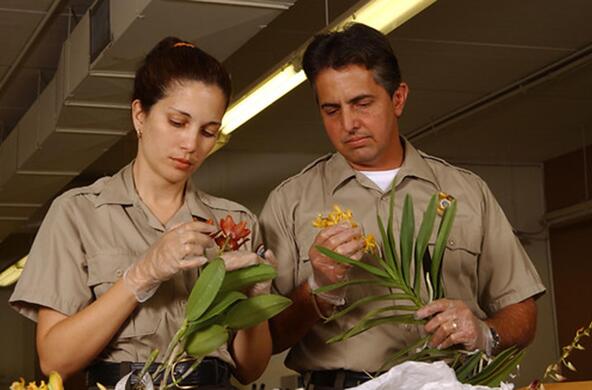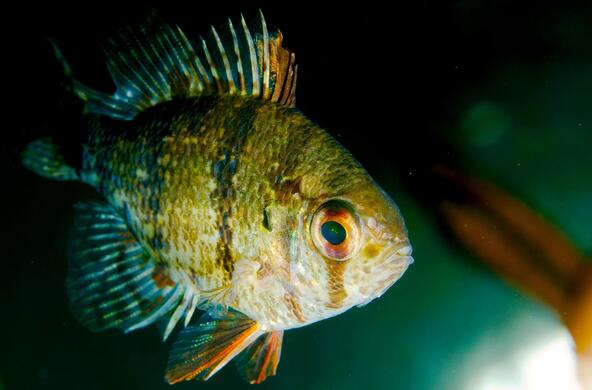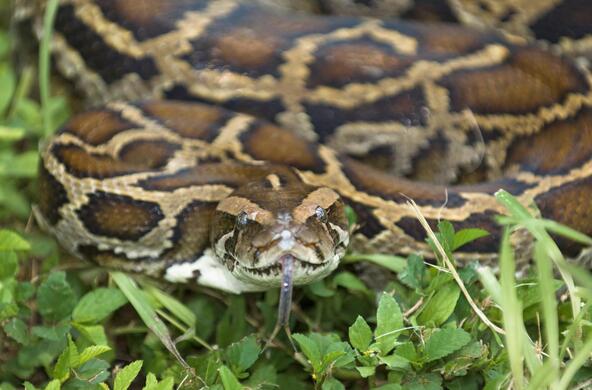Topics explored include: the effects of aquatic invasive species on freshwater quality and how deer and invasive pests shape forest regeneration.
The Catskill Research Fellowship Program was developed to engage graduate and undergraduate students in research that addresses gaps identified by natural resource managers in the Catskills. Students conduct research with a professor in collaboration with advisors from natural resource management organizations. For more information, contact petersonk@caryinstitute.org.
Session two features presentations by Hanny Mendoza and TJ McKiernan of Binghamton University and Marissa Kordal of SUNY Cortland. Here’s a look at what they studied:
Aquatic invasive species in the Catskills region
Hanny Mendoza and TJ McKiernan, Binghamton University
Aquatic invasive species are a particular concern in the Catskills, where rapid growth of invasive plants has the potential to negatively affect drinking water in the region’s numerous reservoirs. Excess vegetation causes eutrophication and a decline in dissolved oxygen, which can harm aquatic ecosystems. Decaying plants result in water high in humic substances. When mixed with chlorine, the most commonly used drinking water disinfectant, humic substances produce a compound known as Mutagen X that has a potent carcinogenic signal, and may cause bladder and other forms of cancer. Our study uses clustering analysis in GIS and regression to investigate the risk factors for the presence of aquatic invasives. We will conclude with comments on the best placement of stewards to inform boaters about complying with efforts to prevent the spread of aquatic invasives.
Understanding the single and combined effects of co-occurring stressors: white-tailed deer, invasive earthworms, and invasive plants
Marissa Kordal, SUNY Cortland
Jumping worms, an invasive earthworm introduced from Asia, affect the structure of forest soils, which can impact nutrient dynamics and water percolation. Three species of jumping worm are now widespread throughout forests in the Mid-Atlantic region and New York State. Invasive plants, including Microstegium vimineum, a widespread C4 grass, are detrimental to native species as they can reduce available habitat and affect growth rate and survival. White-tailed deer populations have expanded due to declines in predators and increases in agricultural land use. Positive impacts on non-native plant species, including M. vimineum, have been observed due to browsing avoidance by deer. Our objective is to assess the threats white-tailed deer, jumping worms, and M. vimieum pose on four native understory plants both singly and in combination. Our findings can inform local managers and help them to develop more efficient, cost-effective, and successful management plans.
About the Catskill Science Collaborative
Cary Institute of Ecosystem Studies hosts the Catskill Science Collaborative, a program funded by the NY State Environmental Protection Fund through a grant with the New York State Department of Environmental Conservation. The Catskill Science Collaborative facilitates and communicates environmental science in the Catskill region by sharing science with the public, promoting science-informed resource management, and enabling data- and idea-sharing among scientists working in the Catskills.





